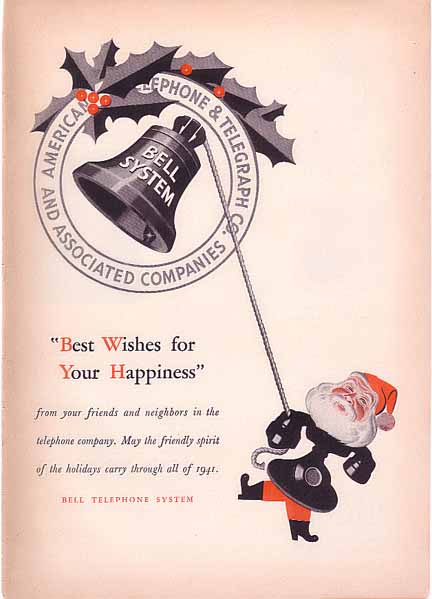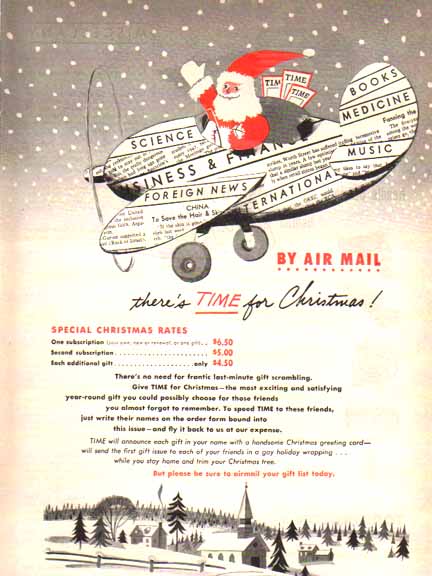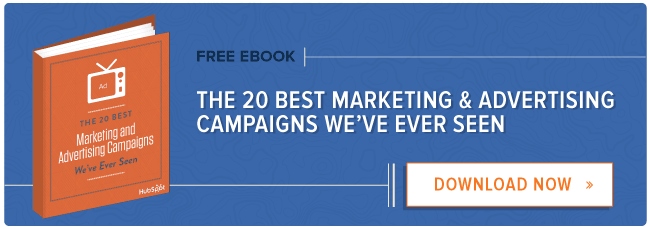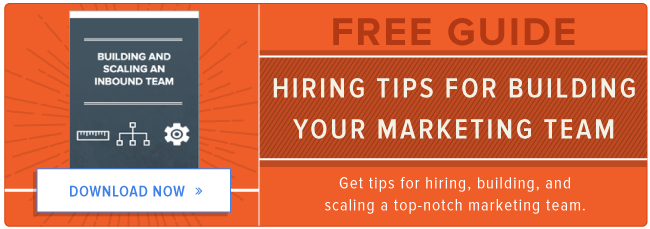Long gone are the days of the old publish-and-pray method of content distribution. And even if it ever did work — it was far from effective.
Today, planning the actual distribution of the content you’ve spent so many hours and resources expertly creating is just as critical to your marketing strategy as the quality of the content itself.
Unfortunately — for audiences and marketers alike — too many would-be content marketing rockstars give themselves a nice pat on the back for sharing content on Twitter and Facebook and calling it a day. So before you toast to your status as a progressive marketer who also publishes on LinkedIn and posts on Reddit, consider this: There are dozens, if not hundreds, of methods for content distribution beyond social that you might be overlooking.
But we’re not about to leave you empty-handed. Below you’ll find 10 creative ways to distribute your content — with a little bit of background to set the stage.
The Content Distribution Strategy Experiment
A few months ago, my team — the marketing department at Influence & Co. — sat down for a meeting to accomplish one mission: to come up with more than 50 ways to distribute one piece of content, which was our latest industry research report, “The State of Digital Media.”
We spent a lot of time surveying editors. We analyzed millions of pieces of published content and pored over the results, before we created, designed, and edited this report. We knew our findings were valuable to our audience, so the last thing we wanted to do was publish this report, share it on Twitter a few times, and let it collect dust.
So we gave ourselves one hour, four cups of coffee, and a huge whiteboard — and got to work brainstorming creative ways to distribute this content.
First, we divided our distribution tactics into different categories, based on the departments they benefited, the goals they achieved, and the extra resources they required. For example, the tactics that leveraged our publication relationships would fall under marketing and sales enablement categories. Those with a more educational perspective, on the other hand, were a better fit for HR, because they complemented that department’s recruiting and training efforts.
With a whiteboard full of over 50 ideas, we began executing our new distribution strategy — and just four months after the launch of the report, we already saw impressive results. When we compared that to the performance of a whitepaper we previously published, we found that this experiment resulted in a nearly 150% increase in page views, and a nearly 40% increase in submissions.
To help you get more creative — and effective — in your content distribution, here are 10 unique ways to distribute content, broken down by department.
10 Ways to Distribute Content Beyond Social Shares
Marketing
As marketers, many of us frequently think about content distribution tactics that fit within — and give a boost to — our marketing goals. Among them are the obvious and necessary tactics like social sharing, but there are others that can help you achieve greater brand awareness, influencer relationships, industry leadership, audience engagement, and more.
1) Personalized emails
Segment your email list down to the exact audience that would benefit most from your piece of content. Write a custom email to each of these audience members to add a level of personalization to your message. Explain what the content is, and why you think he or she will enjoy it. Personalized emails have shown a 6.2% higher open rate than those that aren’t.
2) Guest posting
Write an article that discusses — in a non-promotional way — the key findings or points within your content, and send it to the editor of an online publication that reaches your target audience. But be strategic about it. Make sure the publication not only helps you achieve your own reach goals, but also, has something to gain by sharing your insights, from your particular brand.
3) Influencer outreach
Reach out to relevant influencers in your industry for quotes to include in your content, and send them the piece once it’s published for them to share with their networks. Remember, personalization plays a role here, too — being able to personalize and segment emails is one of the most effective tactics for about 50% of marketing influencers.
Sales Enablement
The Influence & Co. sales team uses content just about as much as — if not more than — our marketing department. Our reps use it at every stage of the buyer’s journey to educate, nurture, and engage leads, and overcome objections with prospective clients. Use one of these distribution methods to do the same for your team.
4) Follow-up emails
Encourage your sales team to include a link to your content in their follow-up emails to prospective clients, to answer their questions and position your company as a resource they can trust. Note: This tactic works best when the content you create is educational and addresses specific questions or concerns your leads have — and is actionable enough for them to immediately apply it to their own plans or strategies.
5) Lead interviews
Work with your sales reps to identify prospective clients you can interview for your content. Include a quote in your content, and share it with them once it’s published. Not only can that keep your leads engaged over time, but they’ll appreciate the opportunity to be featured — and you benefit from the additional exposure to their networks when the content is shared with that audience.
6) Proposal references
The best proposals are often supported with relevant data that corroborates the solutions you’re suggesting to a prospect. And while we suggest citing a variety of authentic, reliable sources — otherwise, you might look biased — referencing your own research content can be effective. Not only is it another way to distribute your work, but also, it illustrates the time and thought your company has invested in this school of thought.
That said, some prospective clients like proposals to be brief. In these cases, if you preemptively anticipate additional questions, you can amend your proposal with a link to the content as a source of further reading and information.
Client Retention
Marketers who overlook their current customers in favor of prospective ones risk missing out on a major opportunity. Keeping in touch with your current clients and helping your customer service teams do the same can have a positive impact on both the customer lifetime and the potential for referrals — so don’t forget these internal distribution methods.
7) Client drip campaigns
If your content is related to your clients’ respective industries, or products and services, sharing it with them can enhance your collaborations and further nurture that relationship. Remember, it’s called client retention for a reason — you want to continue being a valued resource and partner for your existing customers. Consider creating something like an email campaign that uses your content, to continually educate and engage your clients.
8) Email signatures
Encourage your customer service reps or account management teams to feature your content in their email signatures. That can help to keep those cornerstone pieces of content top of mind for both current and prospective clients each time they receive an email from someone on your team.
Recruitment
People want to work with trustworthy companies that are true leaders within their industries. Content can communicate expertise and build trust. In fact, we used content to hire more than 30 people in one year.
But for many teams, unfortunately, content is often most underutilized in the areas of employer branding and recruitment marketing. Take advantage of content in HR with these tactics.
9) Content-rich job listings
Include your content in job postings. HubSpot, for example, links to its Culture Code at the end of every job description. By providing educational content up front, applicants can gain a more comprehensive understanding of your industry and how your company approaches it — directly from you.
10) Interview materials
When a job candidate progresses to the next step in the hiring process, share your content with her prior to the following interview, and ask her to come prepared to discuss it. That helps to get your content in front of qualified people in your industry — plus, it gives you the chance to talk in-depth about the concepts and ideas behind your marketing strategy. Even better: It can help you weed out candidates who don’t follow directions.
Whatever tactics your team uses, the most important thing to remember is that content distribution shouldn’t be an afterthought. With the right distribution strategy in place from the beginning, your team can more effectively put your content to work for you, reach more of the right audiences, and drive results for your company.
![]()
Powered by WPeMatico


































